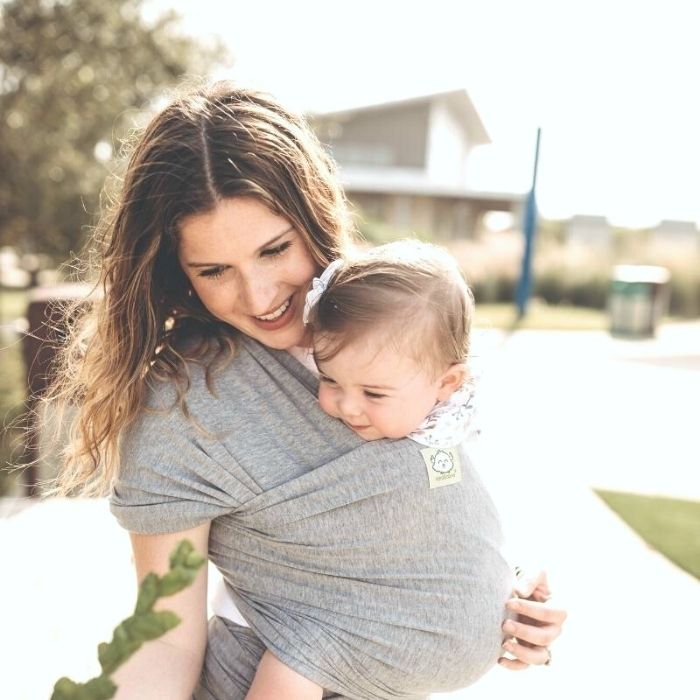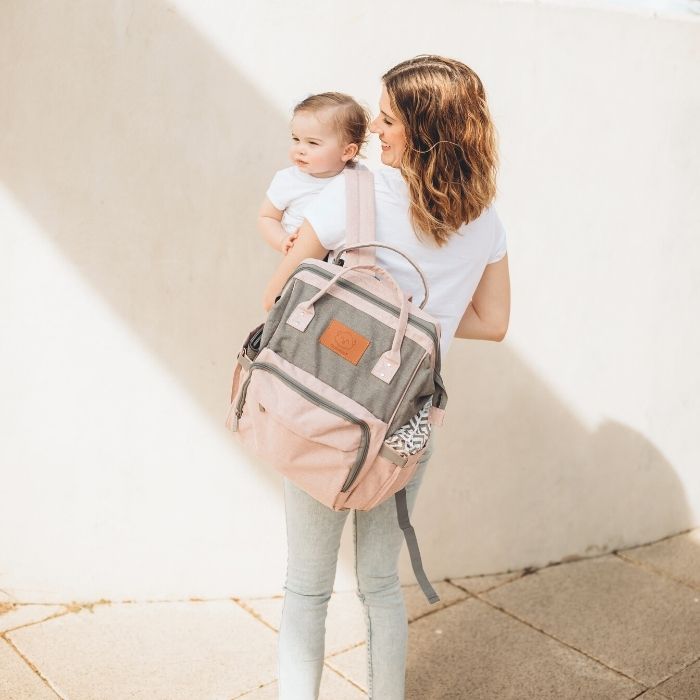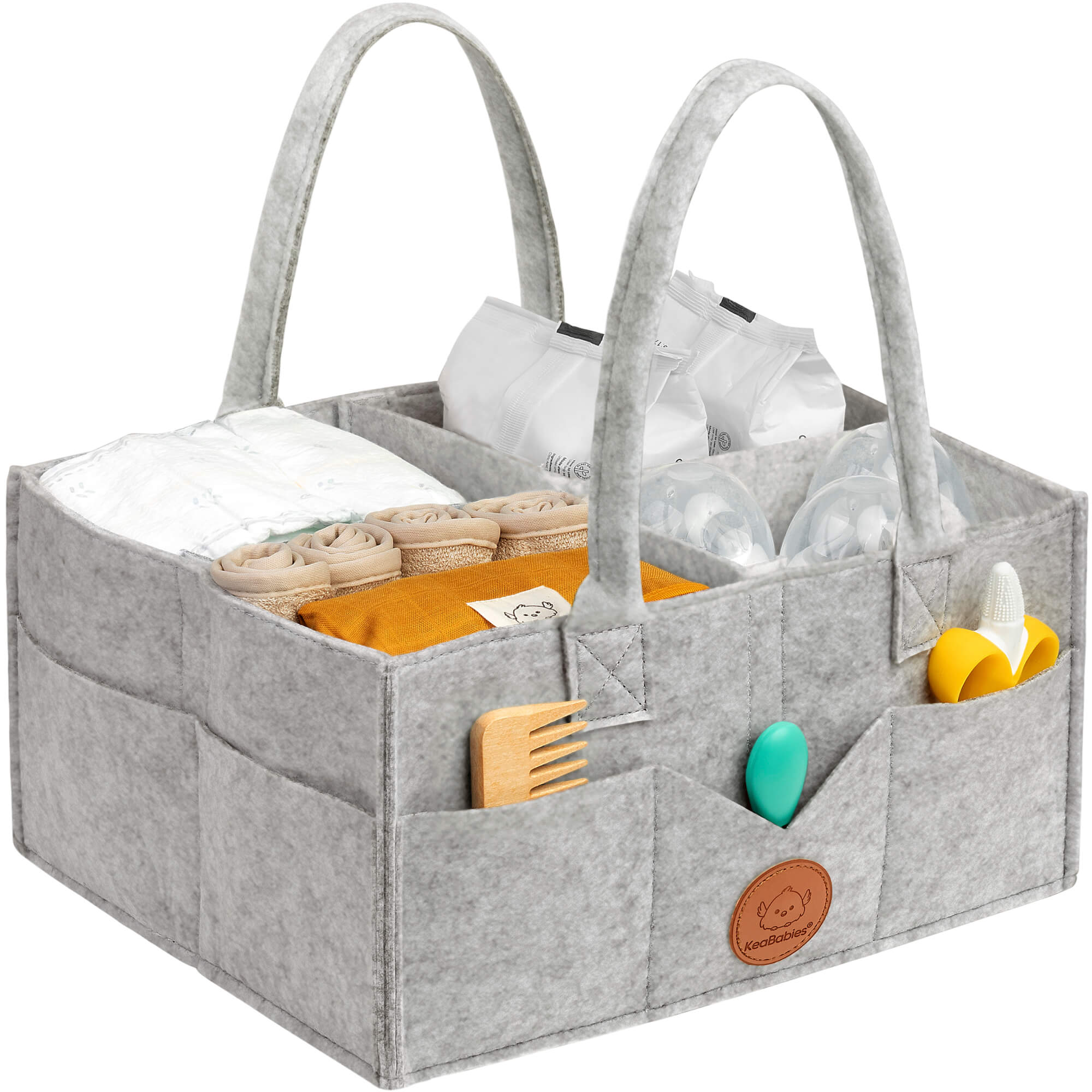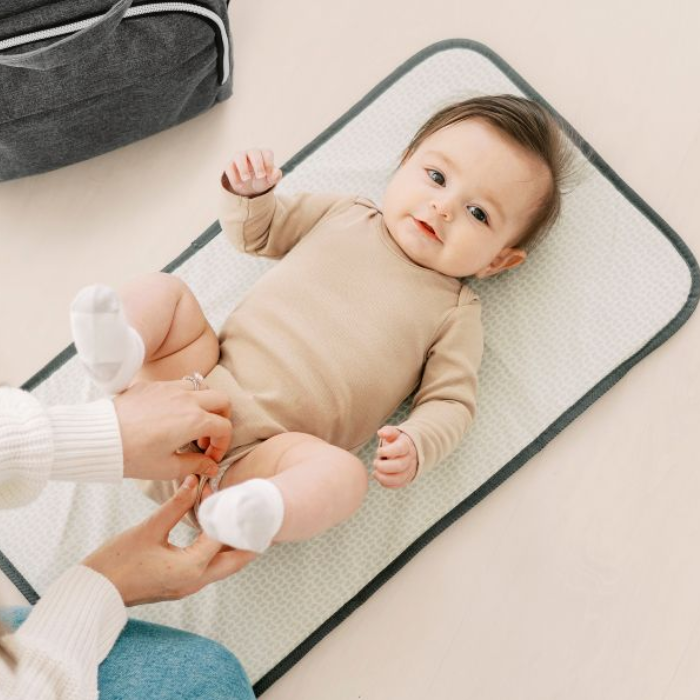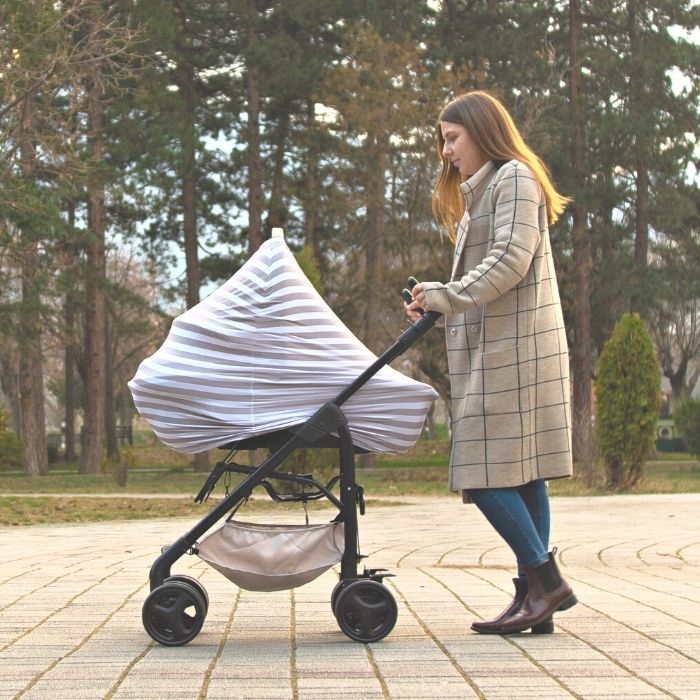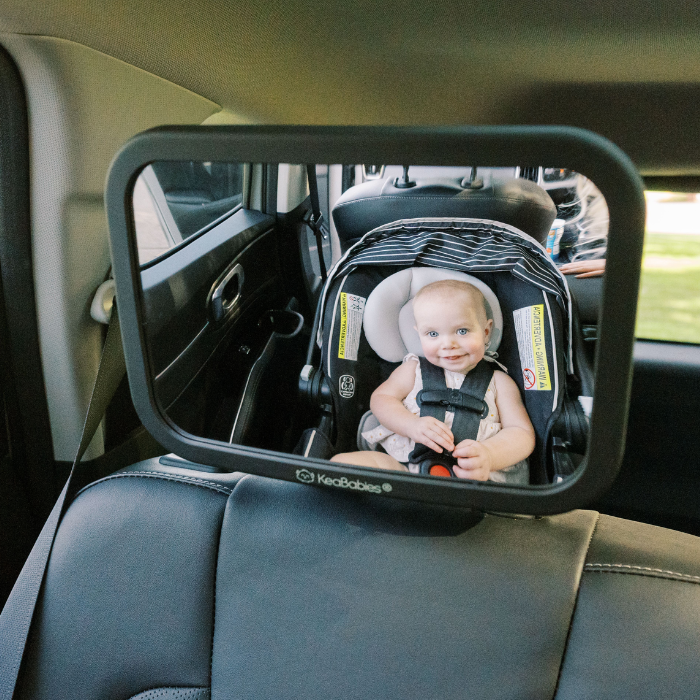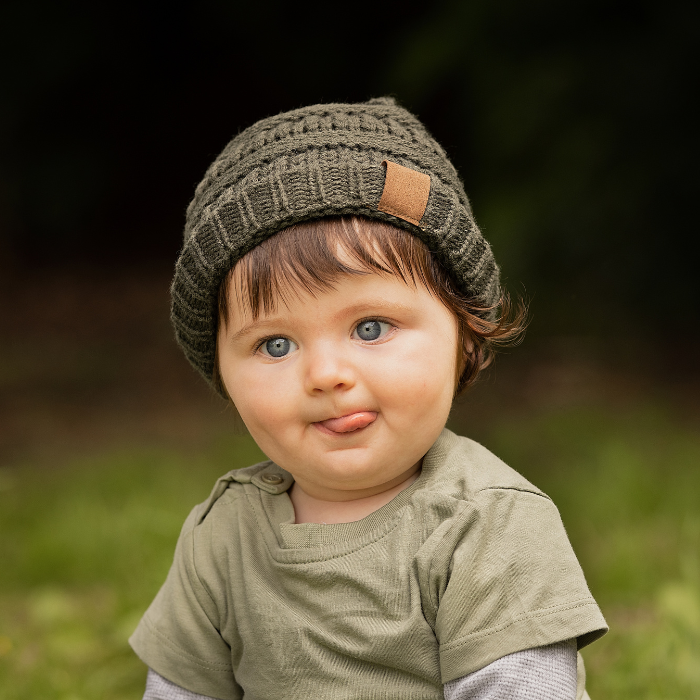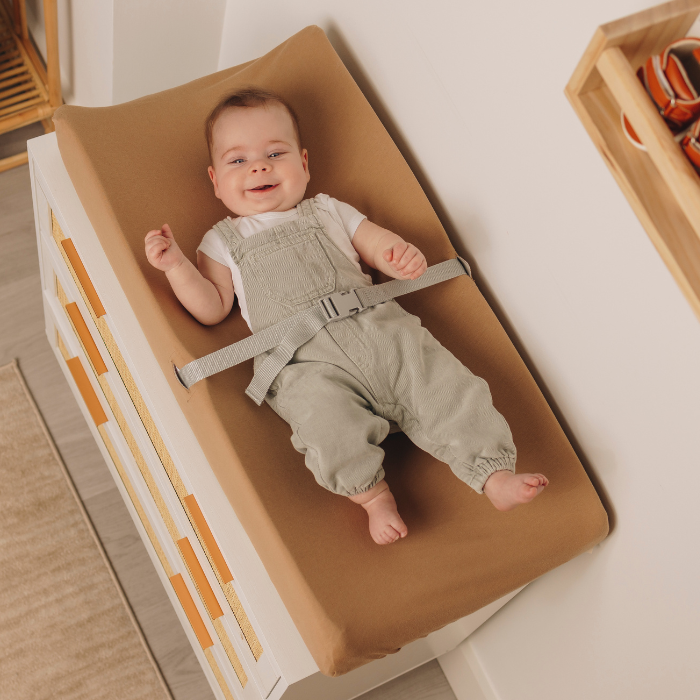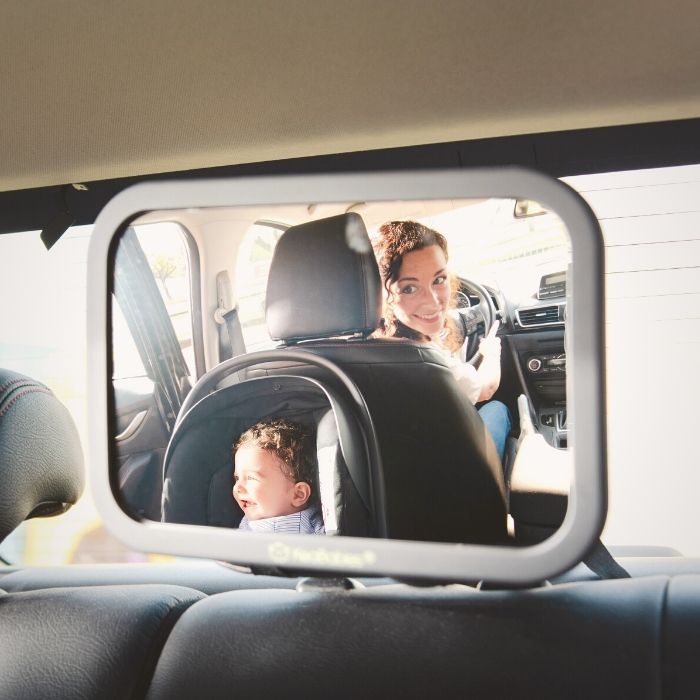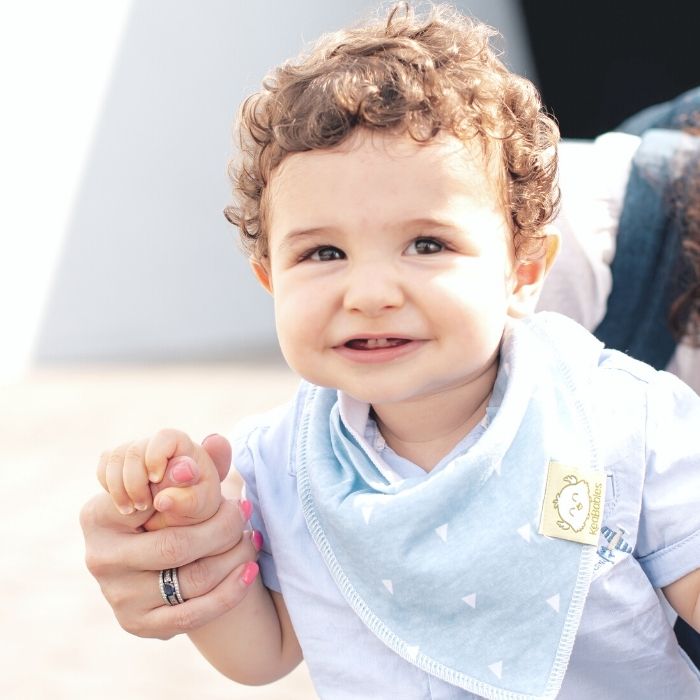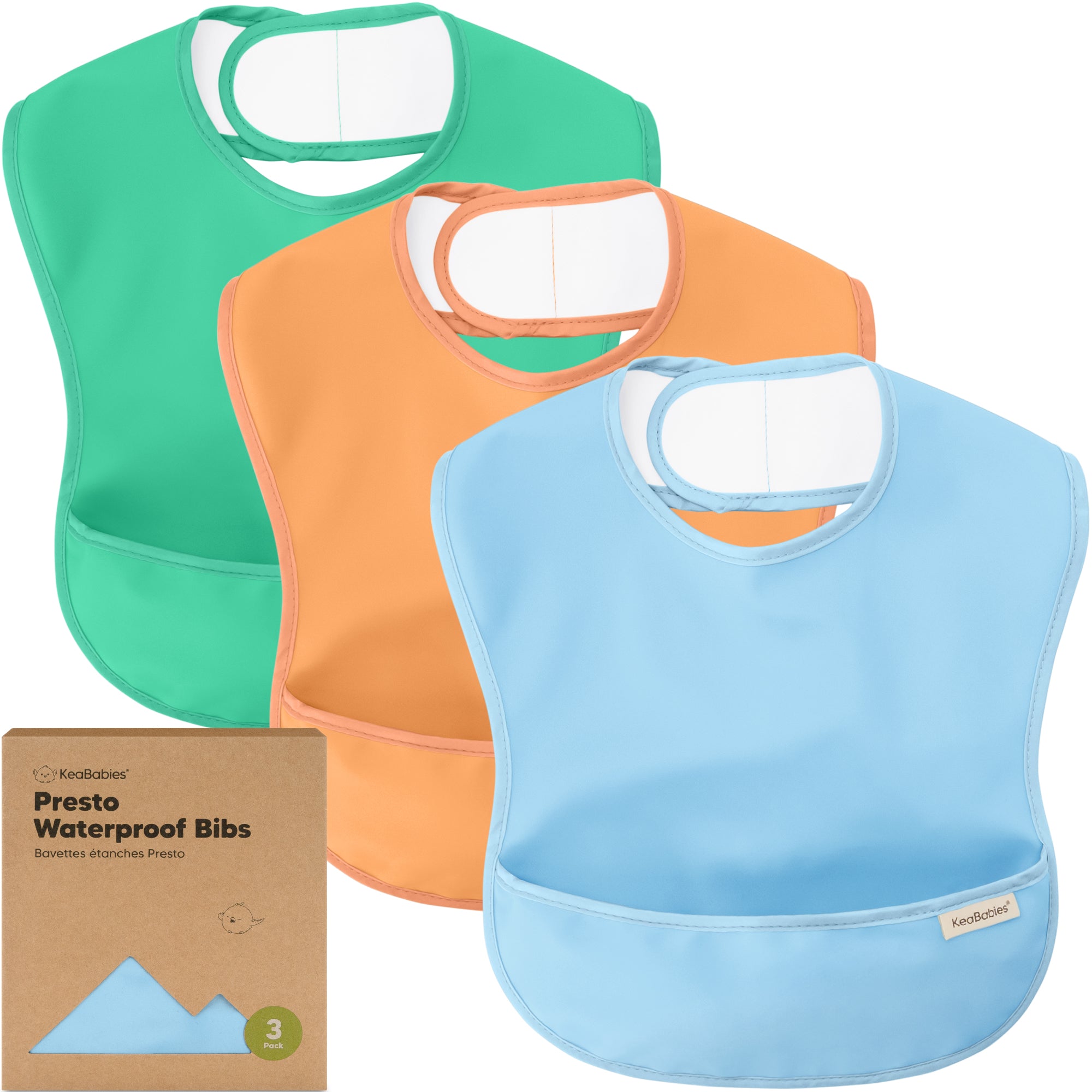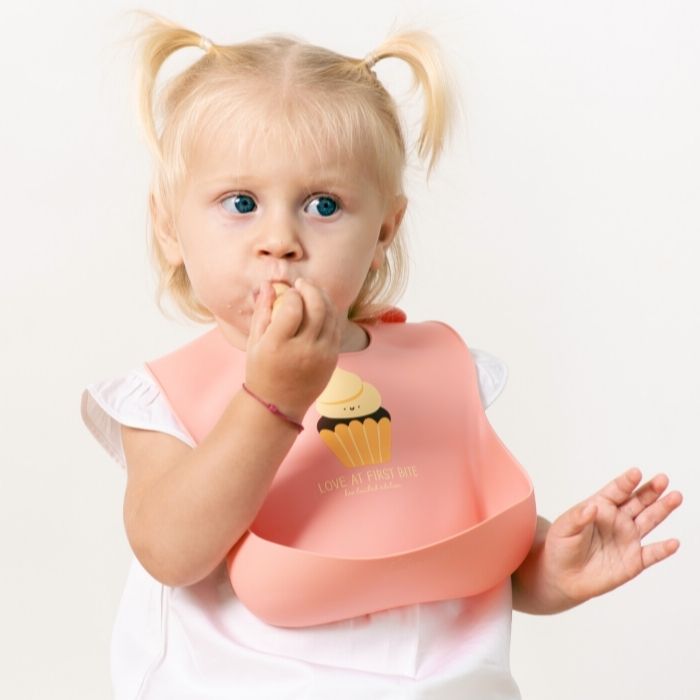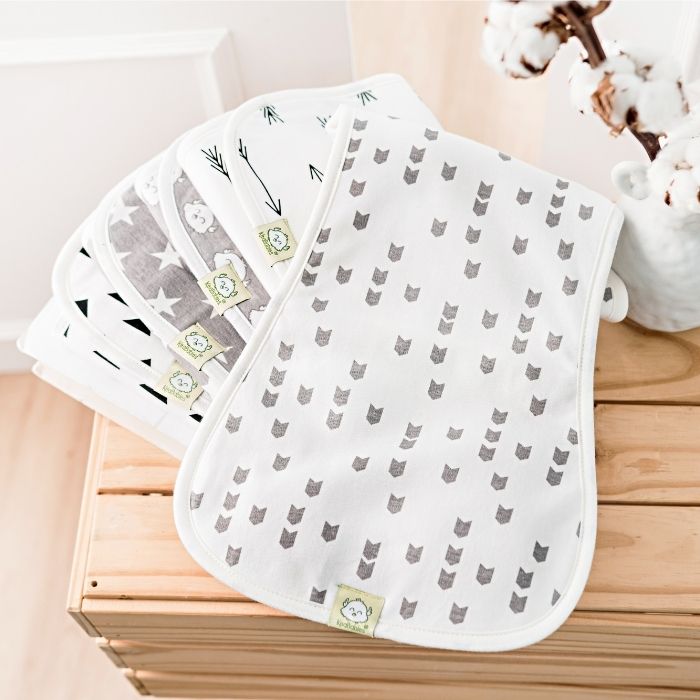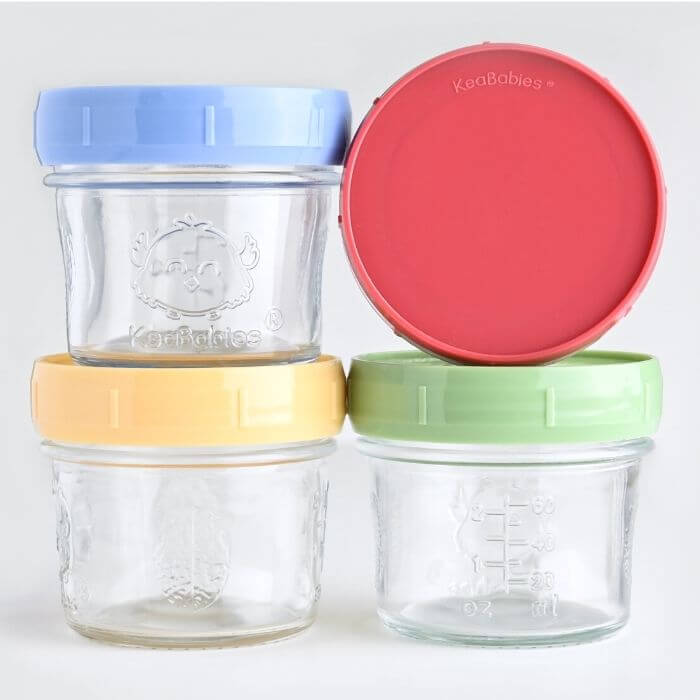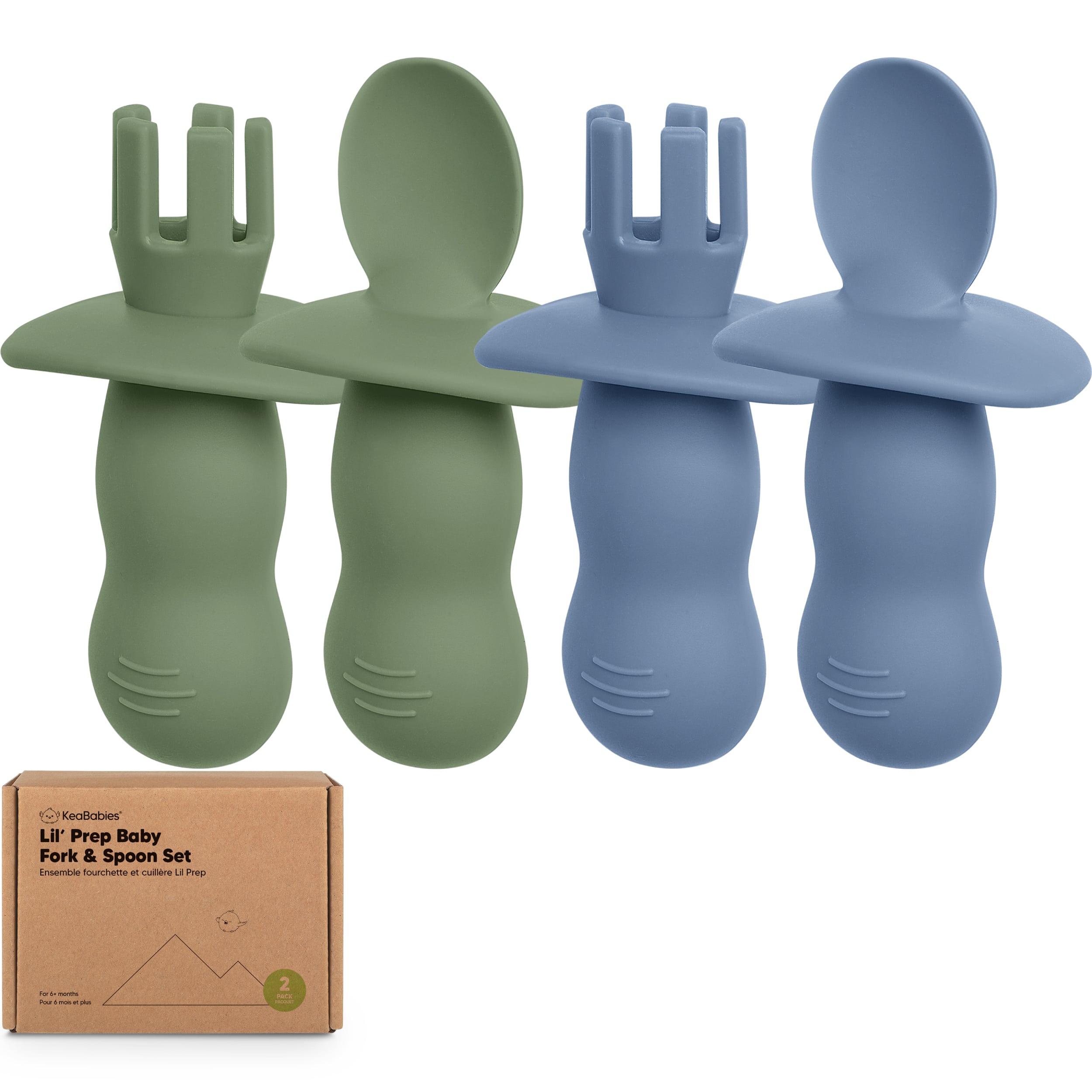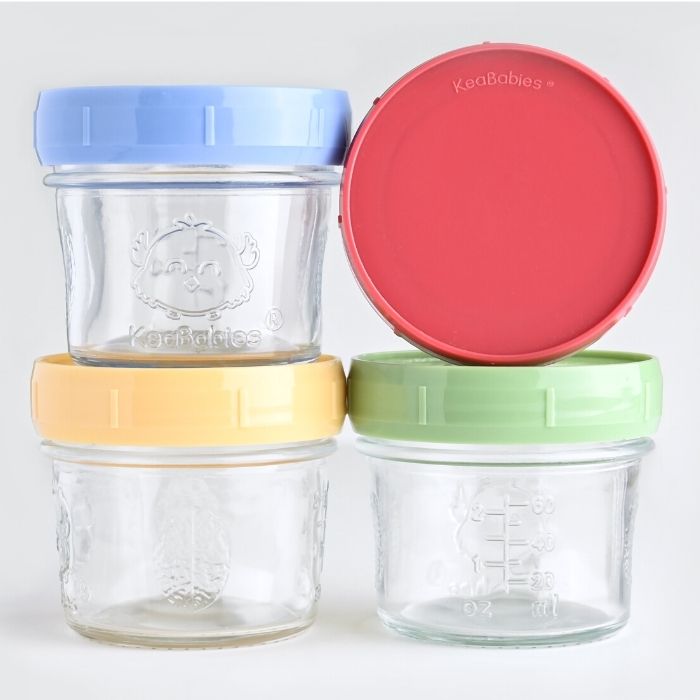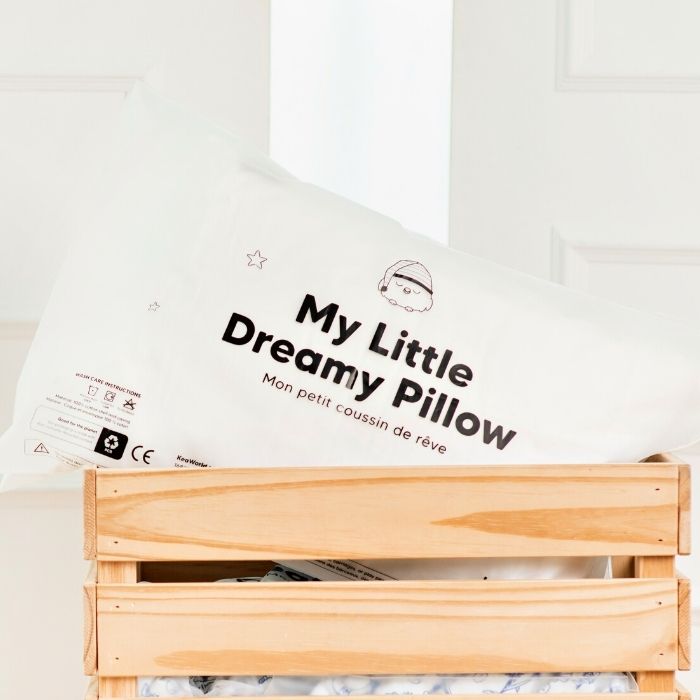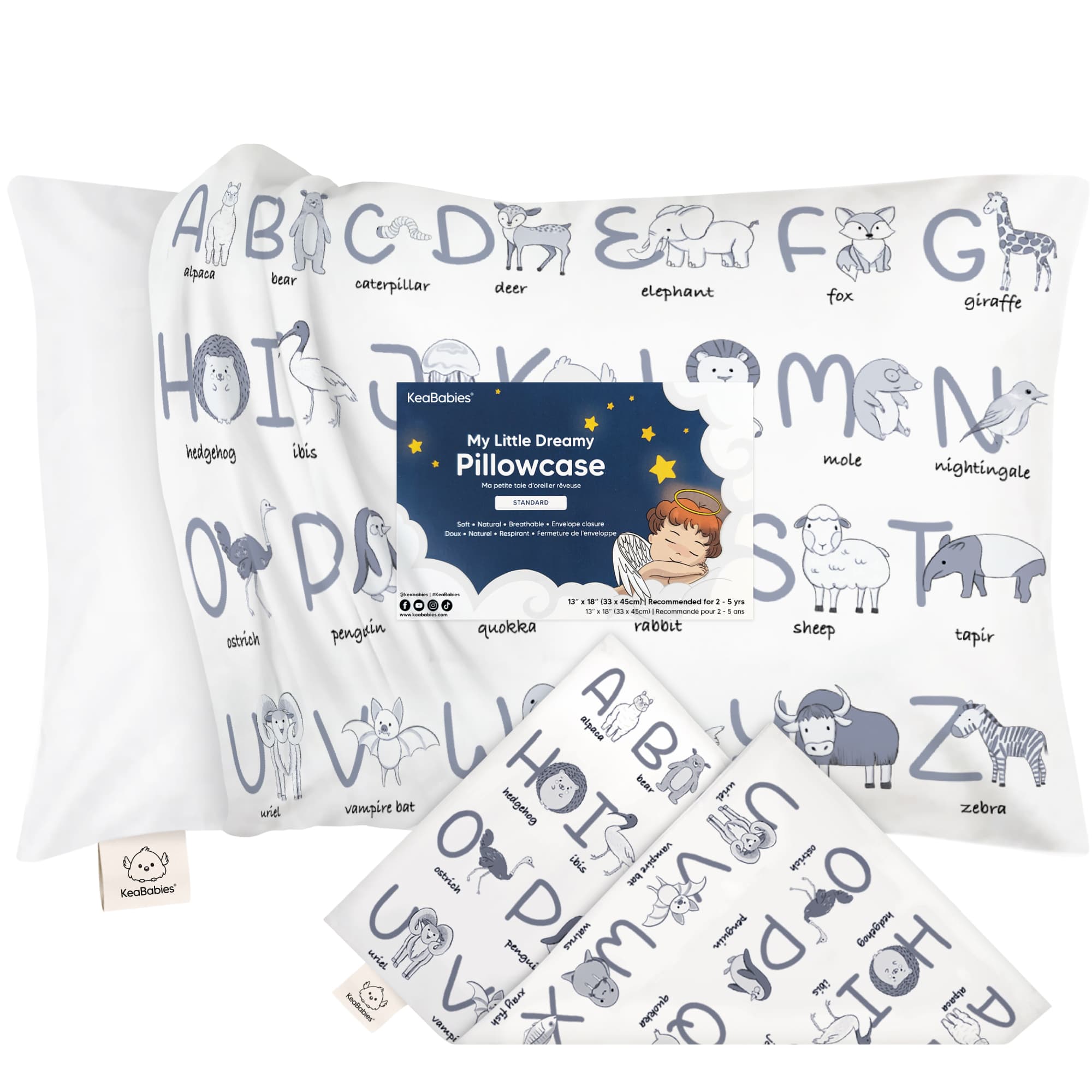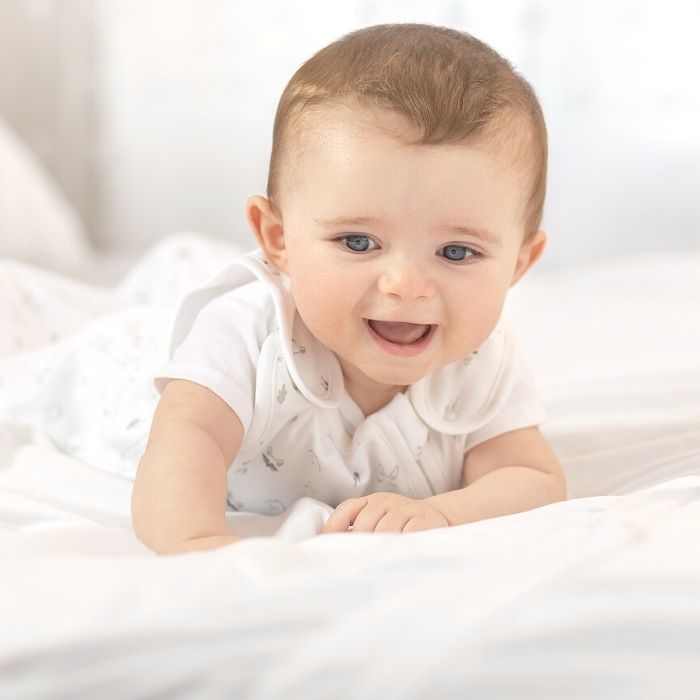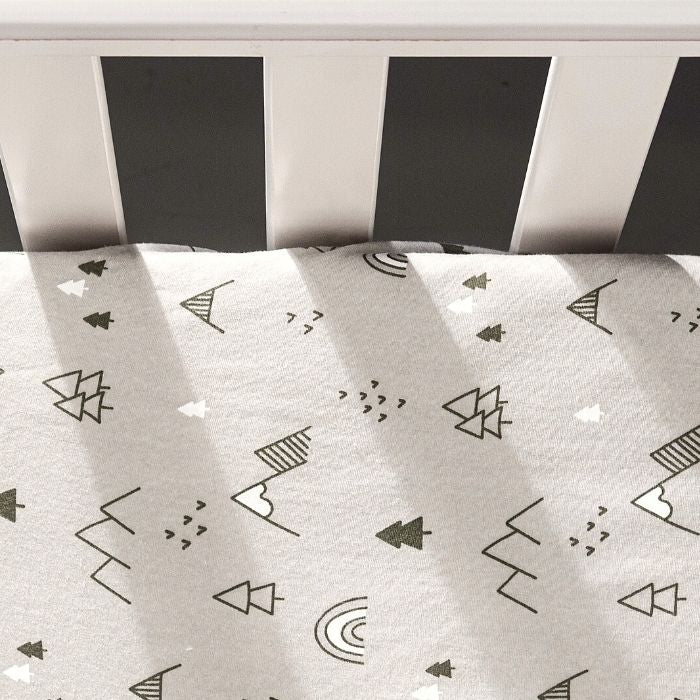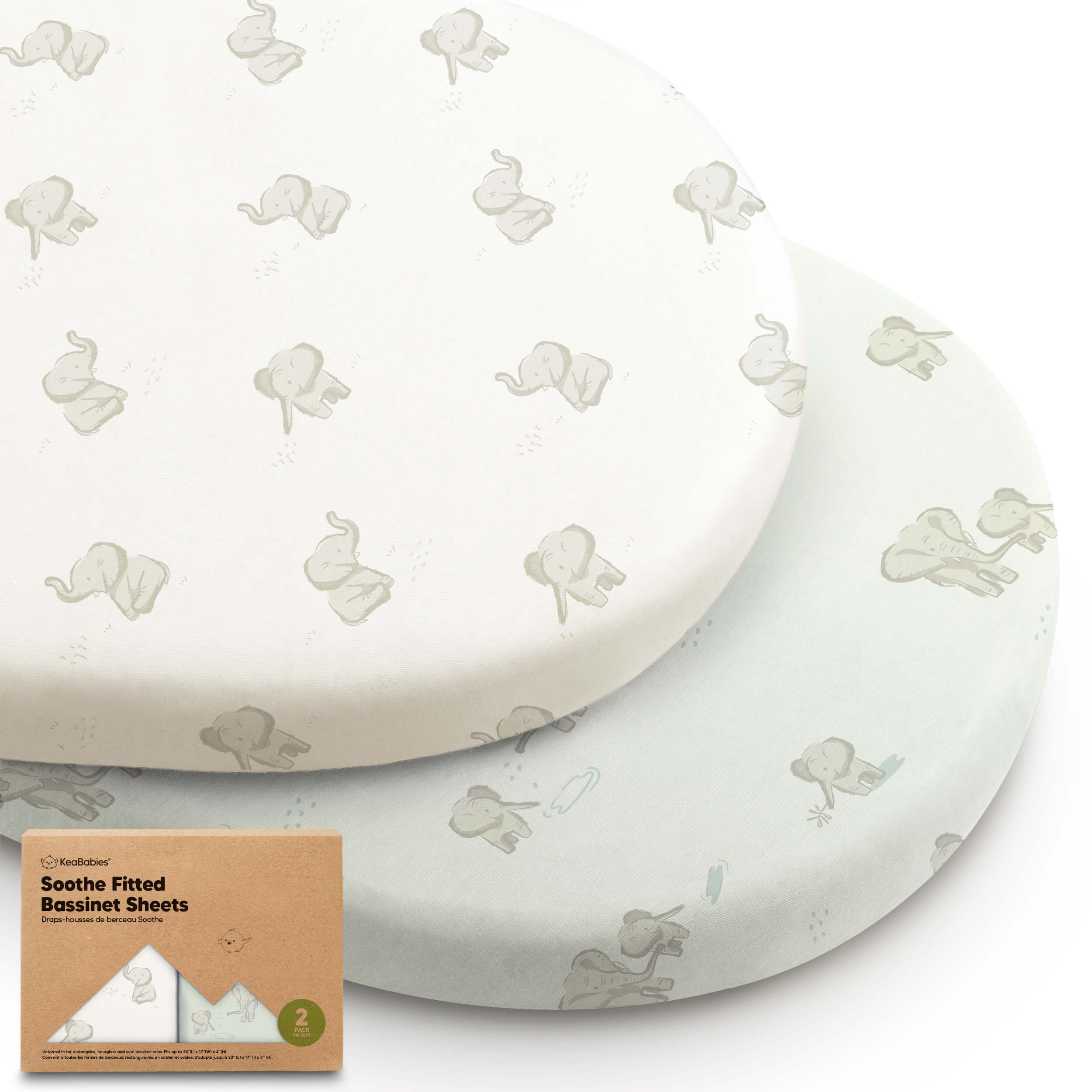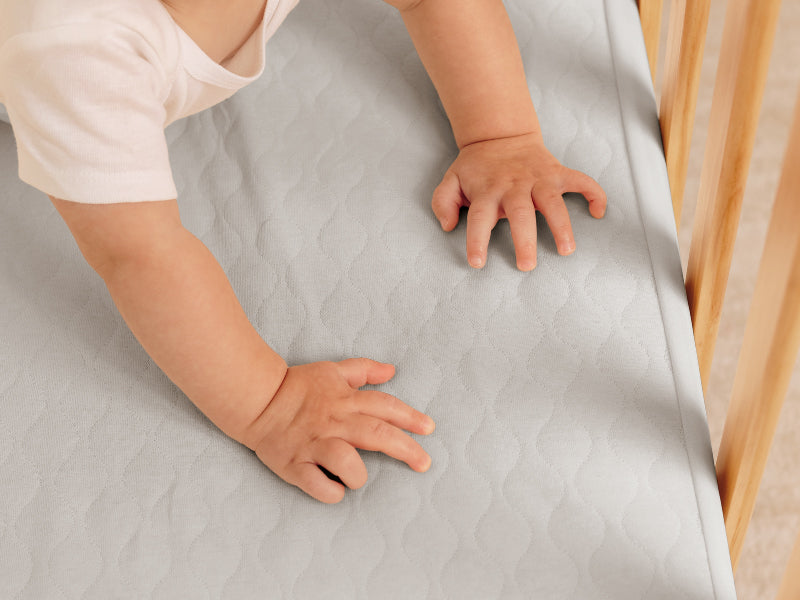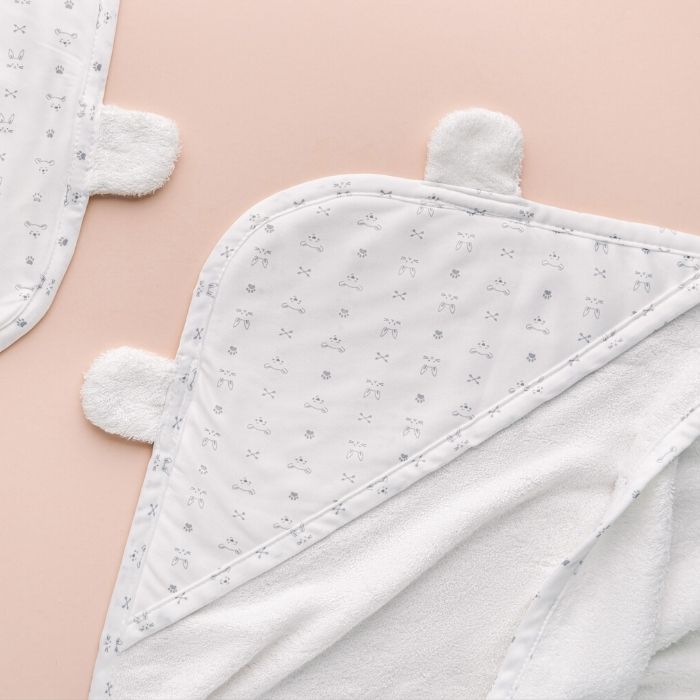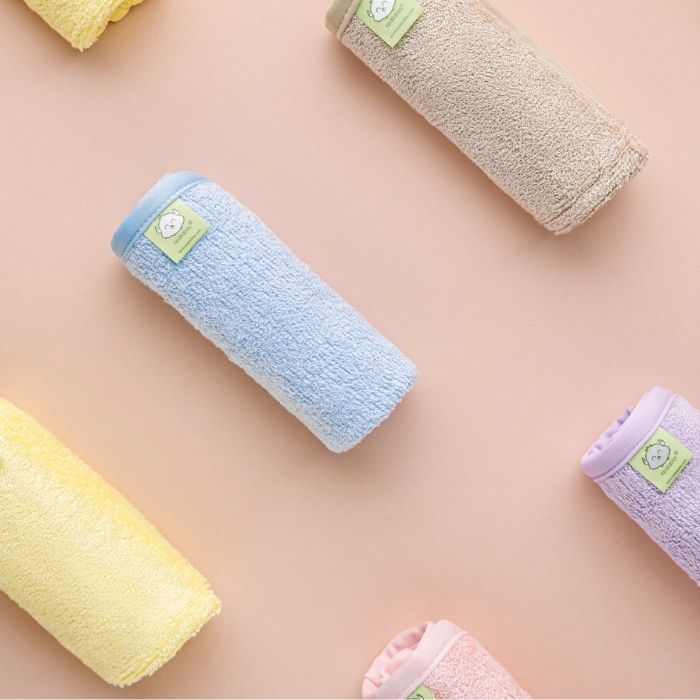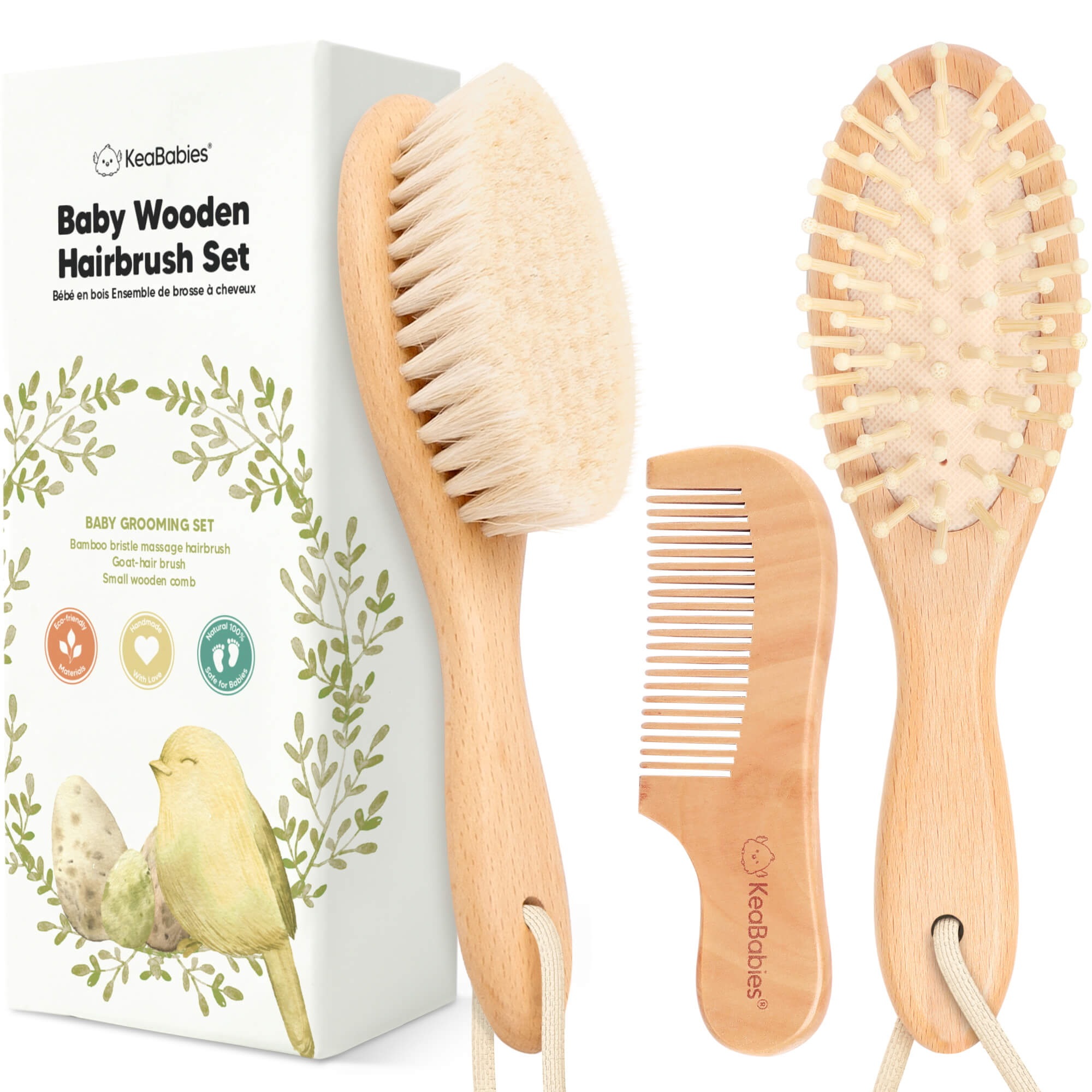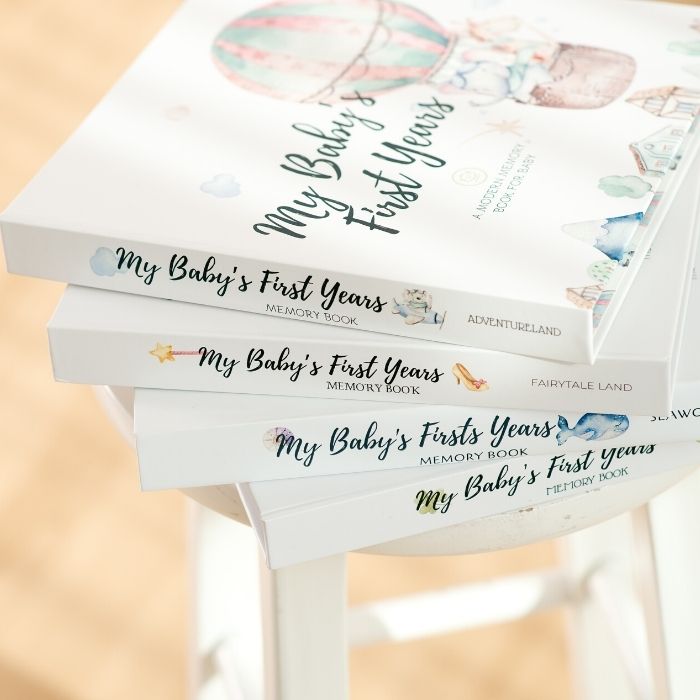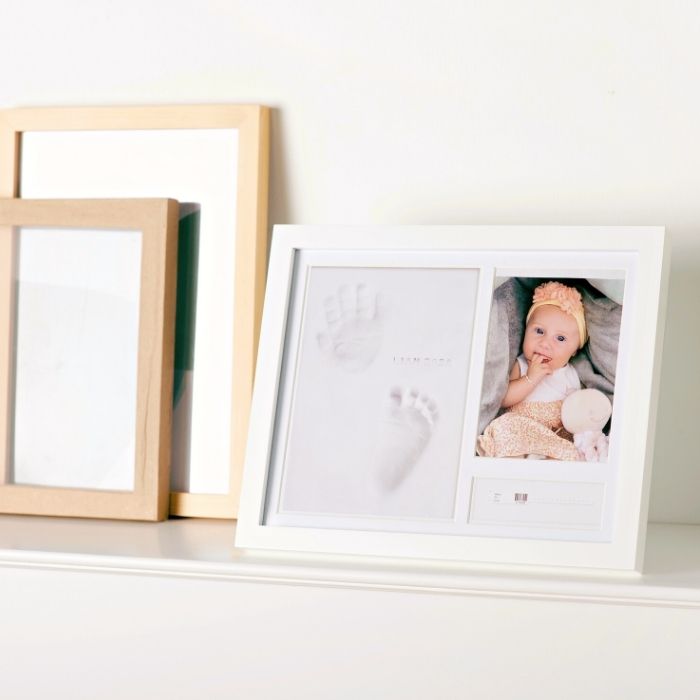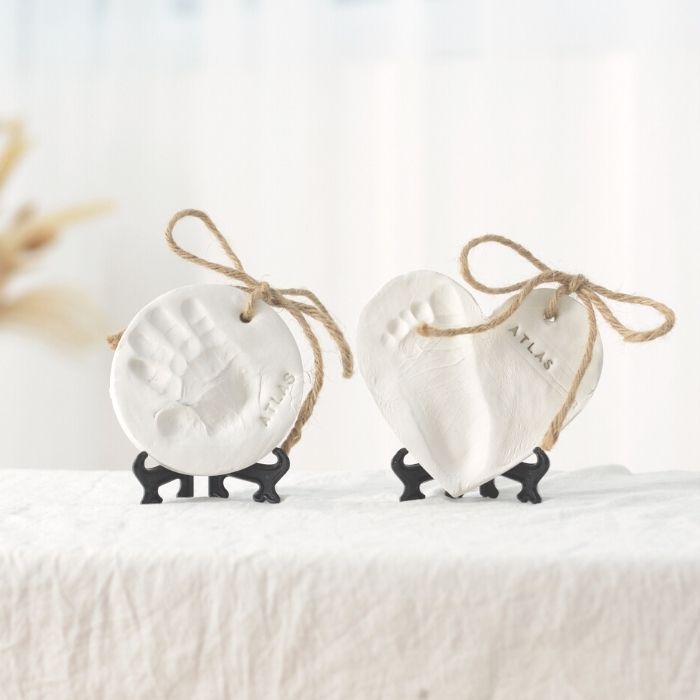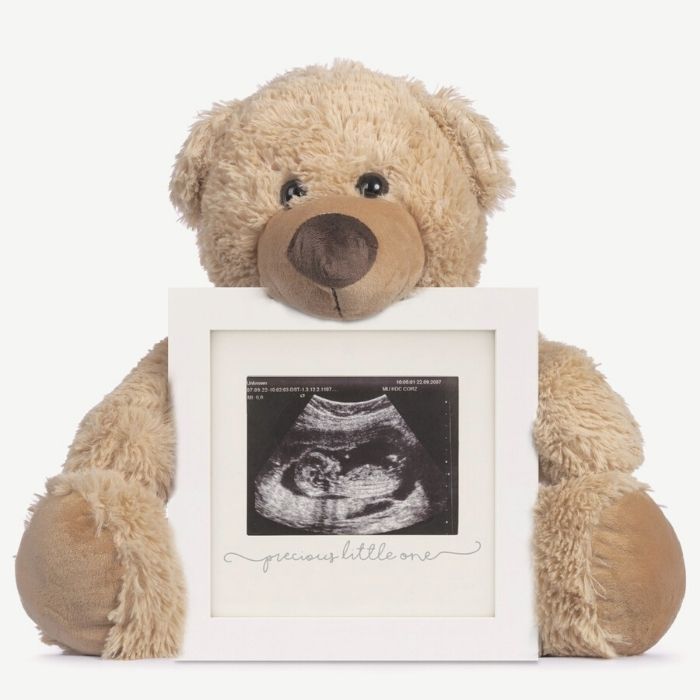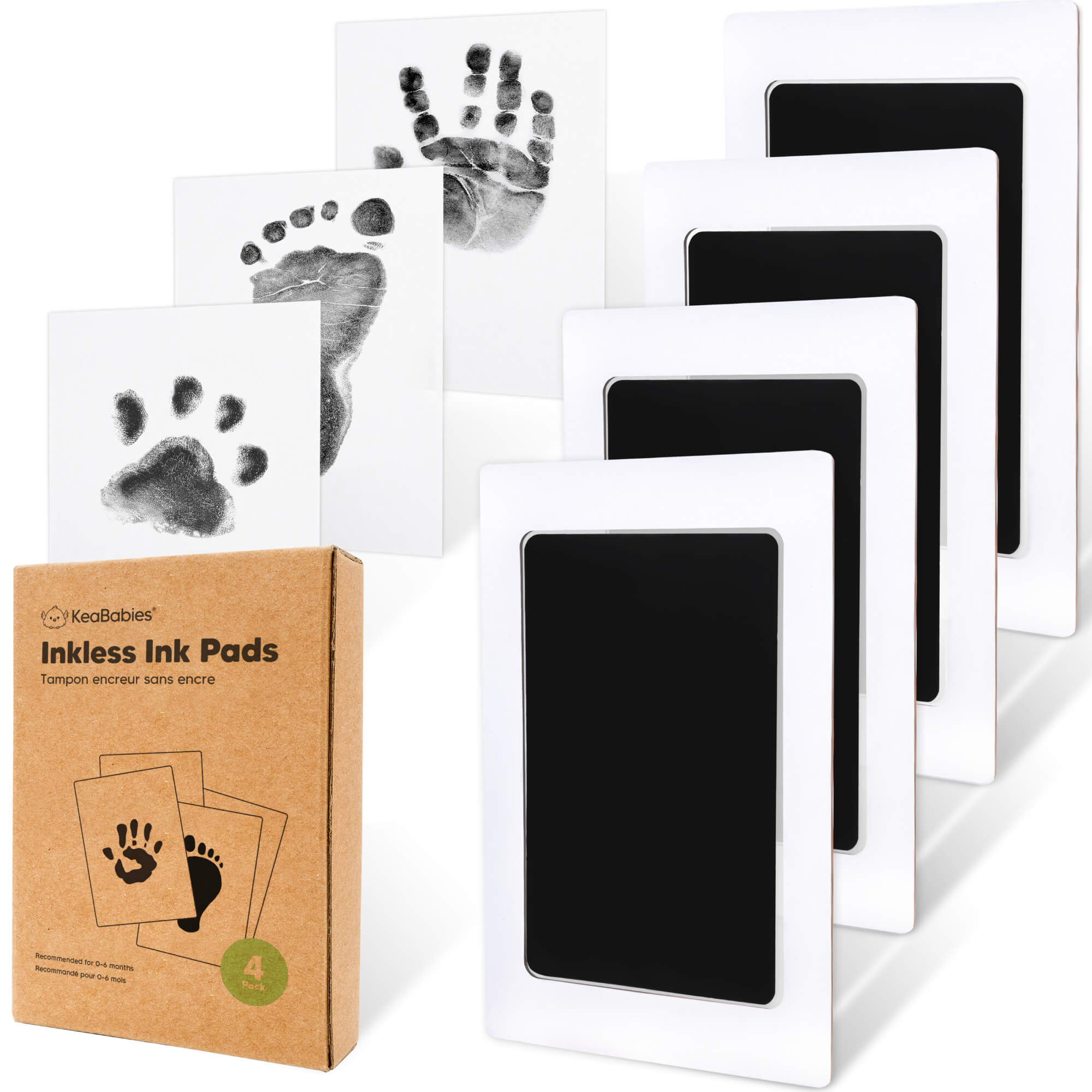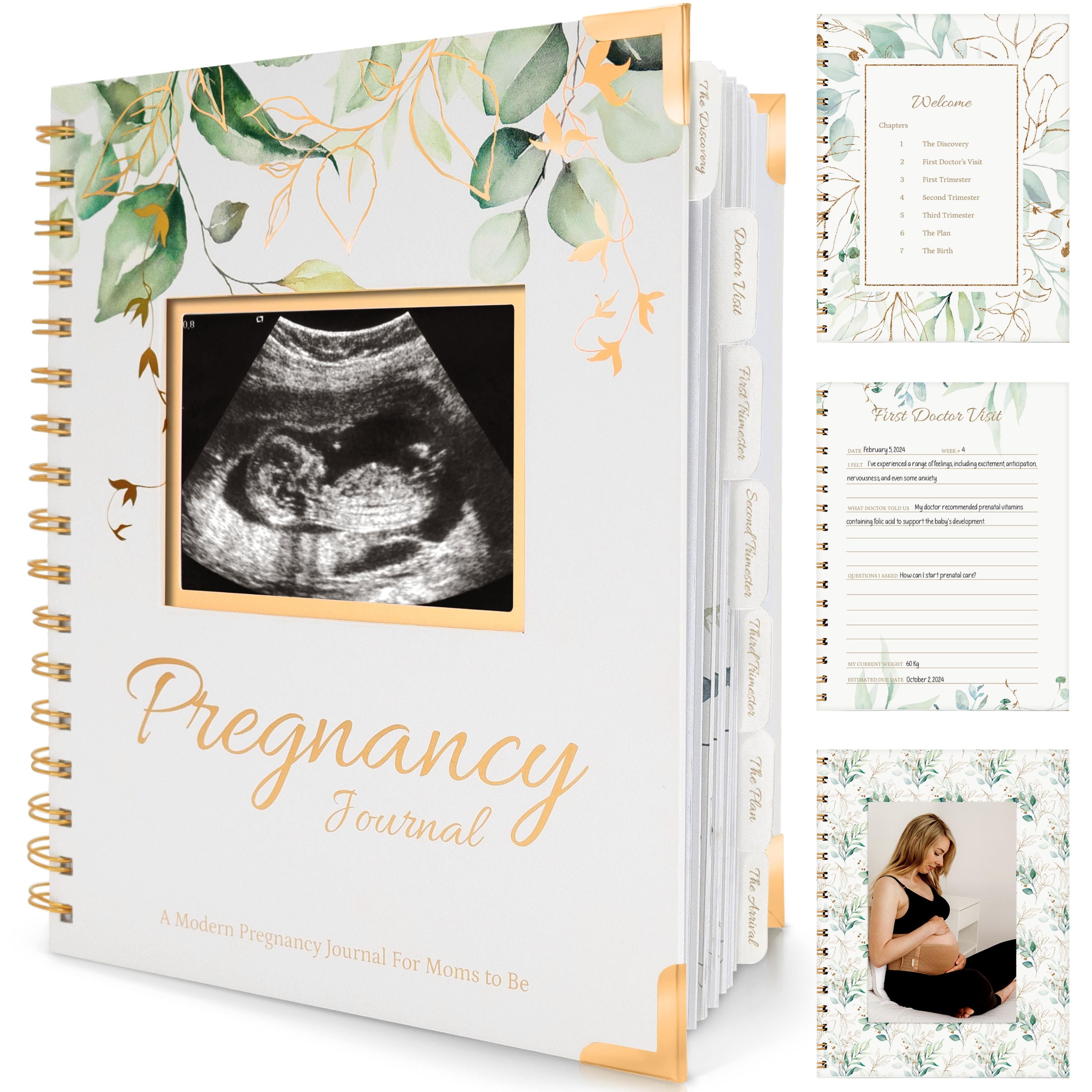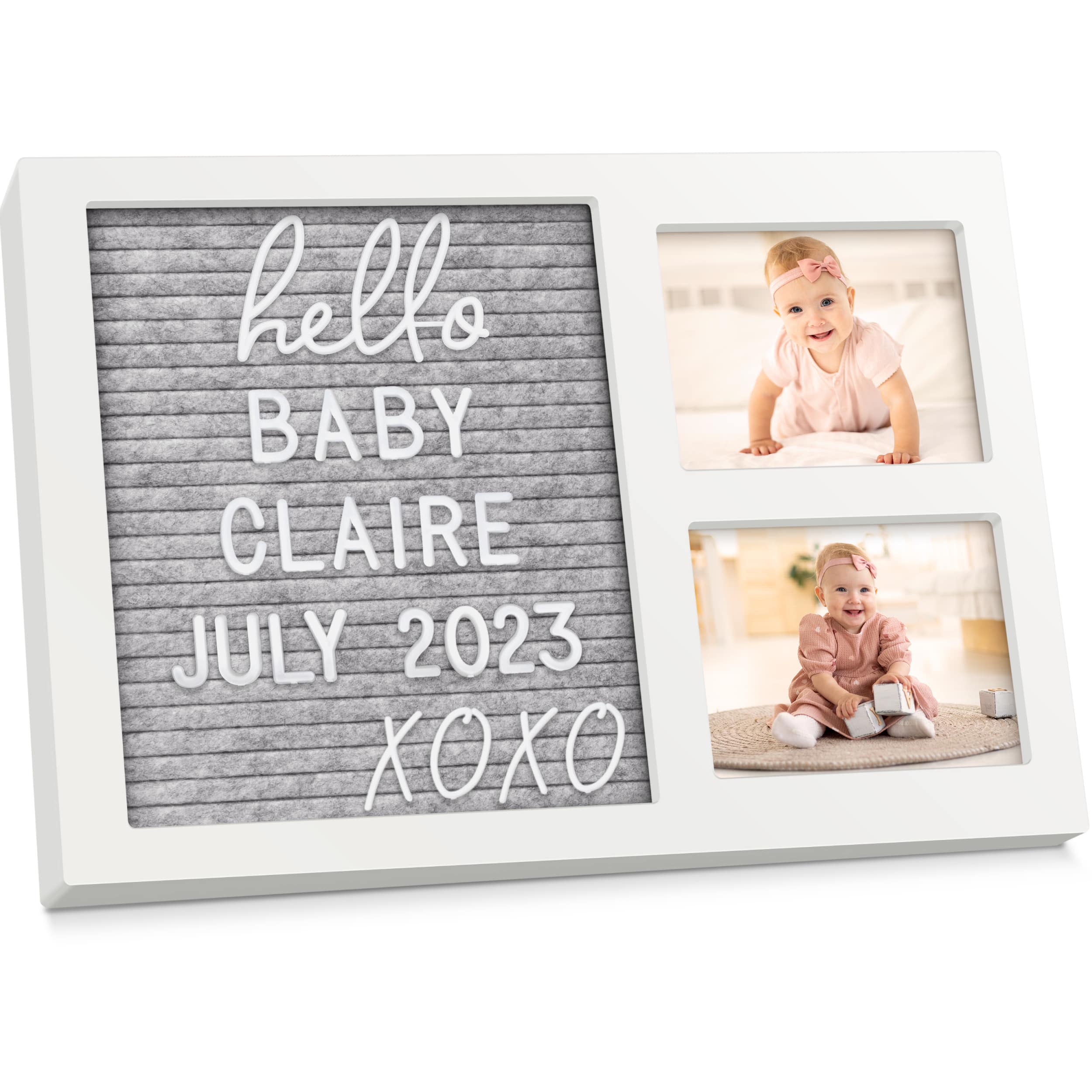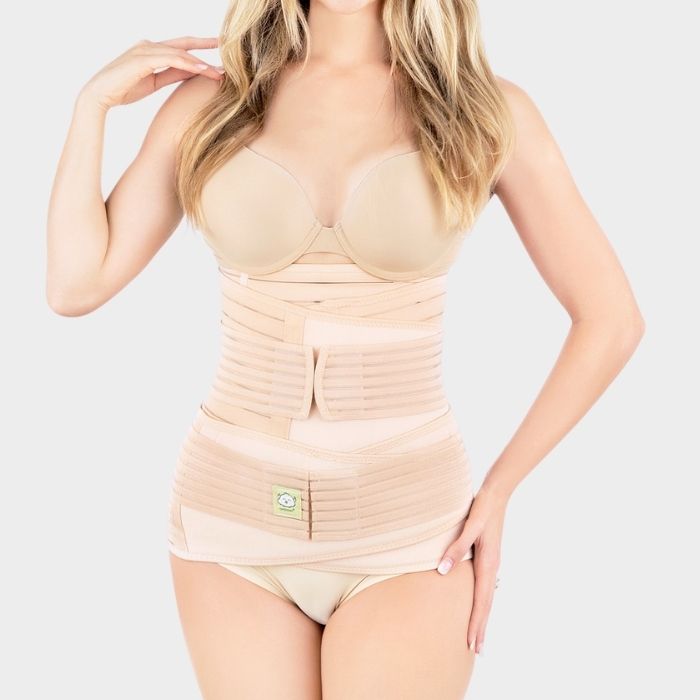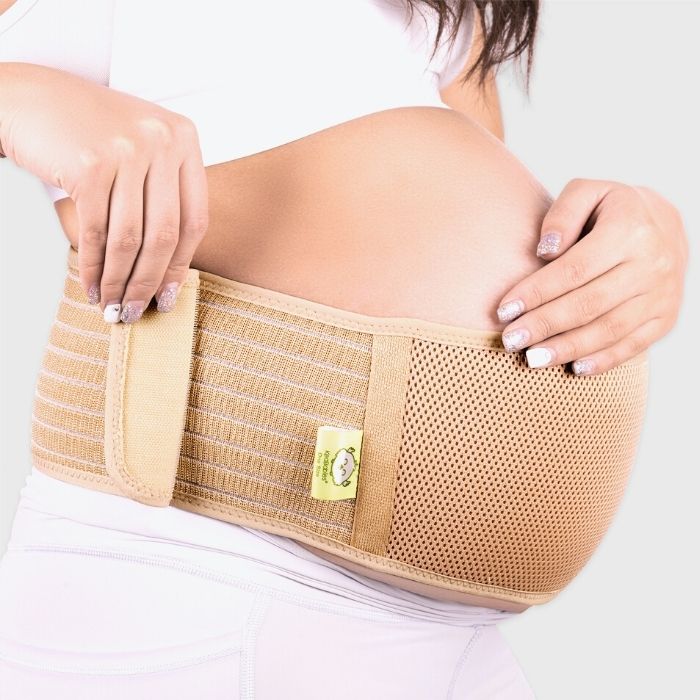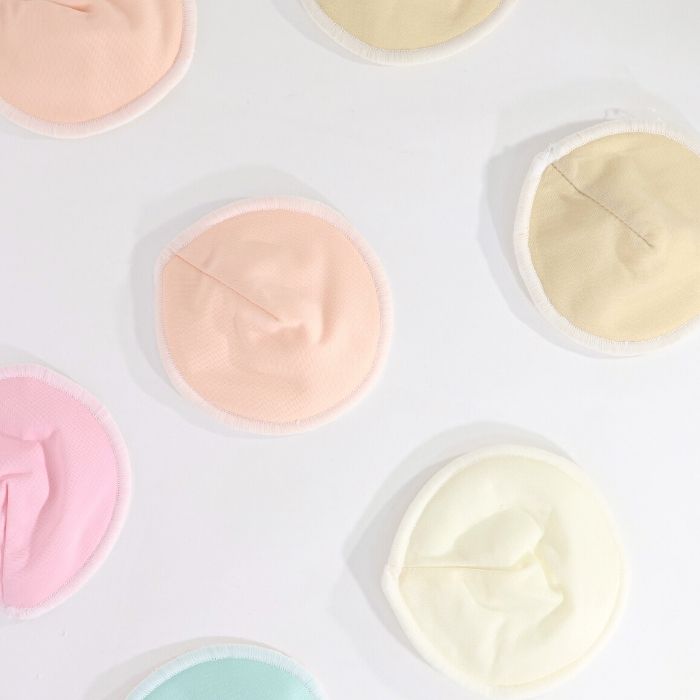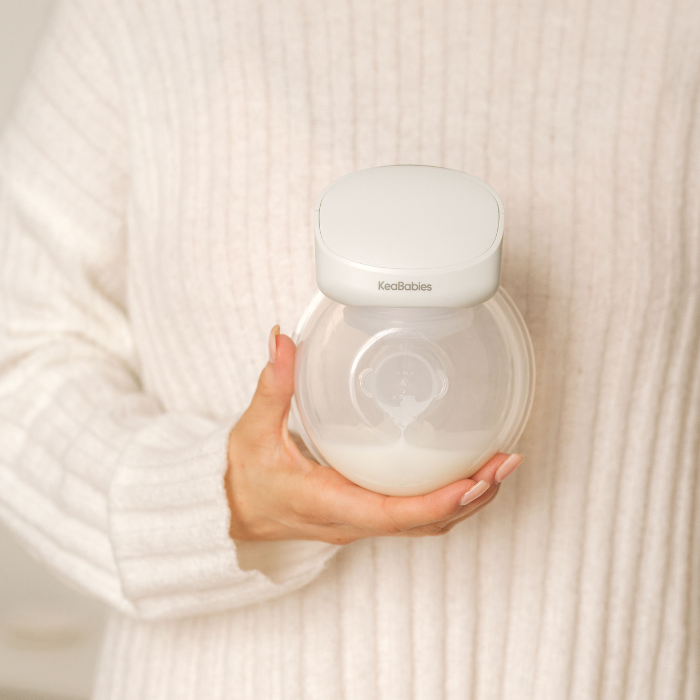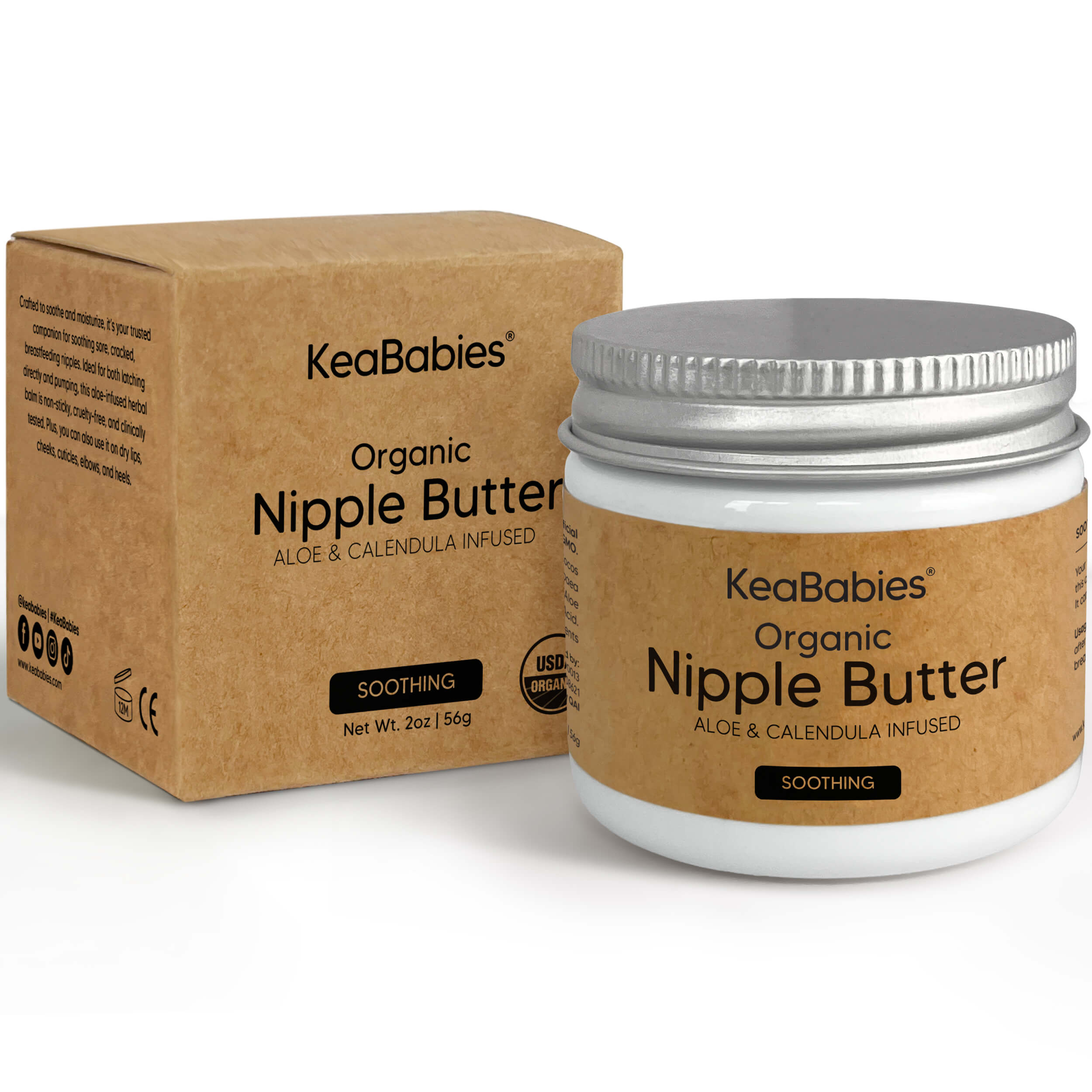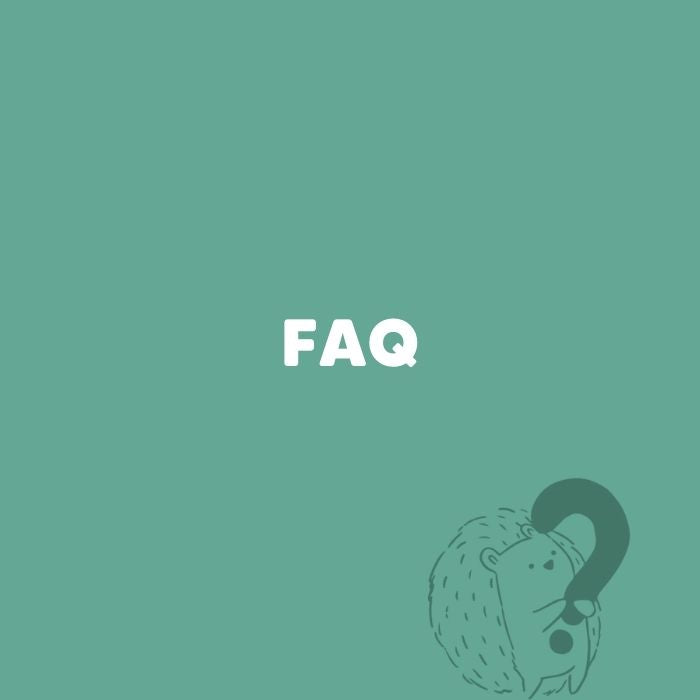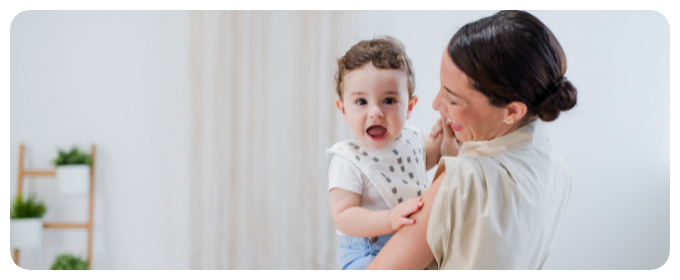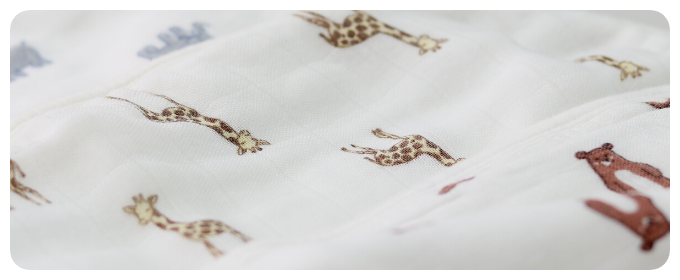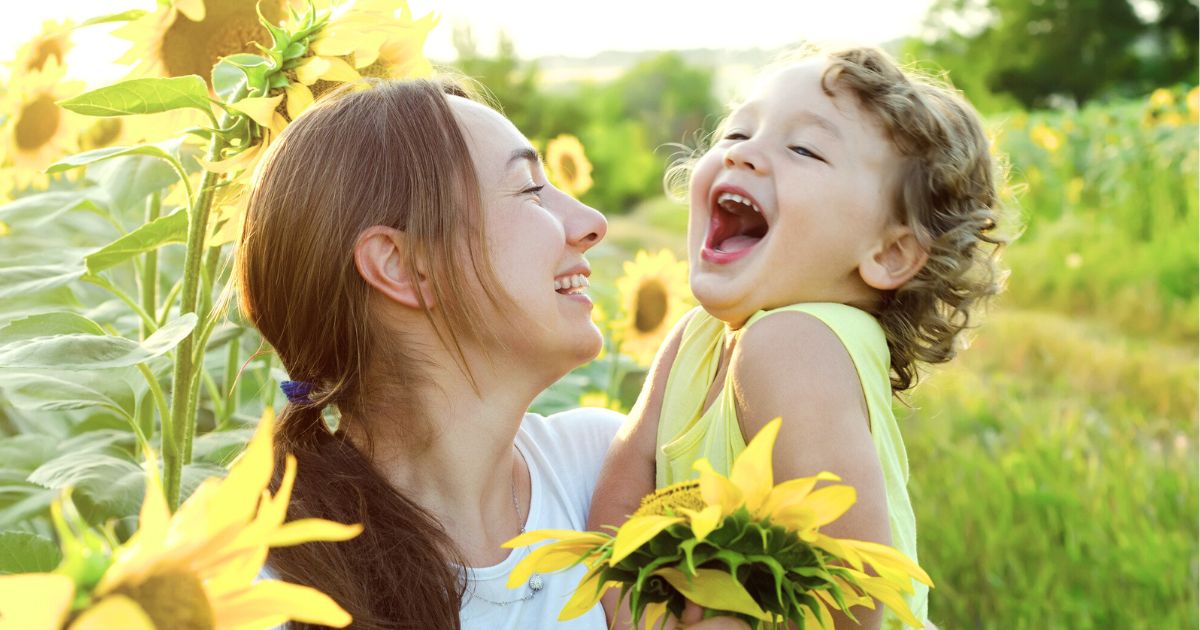
Spring Allergies for Babies: Effective Tips for Keeping Away the Sniffles
Spring is here, and as much as we love the warmer weather and beauty of nature, this season often brings parents one challenge: allergies. If you have a baby this spring, check out these tips for helping them survive allergy season!
Spring time is here! Flowers are blooming, the sun is shining, and the world seems bright and peaceful after a cold winter. However, spring often kicks up common allergens like pollen, dust, and even mold. Since babies have ultra-sensitive immune systems, they are more prone to dealing with pesky seasonal allergies and the symptoms that accompany it like endless sneezing, sniffling, coughing, congestion, itchy eyes, and watery eyes. Here are some ways parents can help alleviate some symptoms of seasonal allergies for their little ones, and when it might be time to call the doctor.
Runny Nose Got You Down? Understanding The Cycle of Seasonal Allergies
Seasonal allergies, sometimes known as "hay fever," occur when the immune system overreacts to airborne allergens like pollen, dust mites, or pet dander. The wind, rain, and blooming plants of spring time can make seasonal allergy symptoms worse for little ones.
Babies under two years old are less likely to have seasonal allergies from pollen, but can still experience symptoms from indoor allergens such as dust. Seasonal allergies can cause congestion, fussiness, and discomfort in babies, making this time of year challenging for some families.
Identifying Allergy Symptoms
Allergy symptoms in babies can look like cold symptoms, making it hard to tell the difference sometimes. Signs of allergies include a runny nose, itchy eyes, sneezing, congestion, coughing, and a sore throat.
Babies may exhibit these symptoms due to allergies or other conditions. If these symptoms are accompanied by a fever, or your baby seems very unwell, they might be dealing with an illness and not allergies.
Minimizing Exposure to Allergy Triggers
To keep allergy symptoms minimal, keep your home clean and dust-free to reduce common allergens like dust mites and pet dander. You can use HEPA filters and air purifiers to remove allergens from the air and minimize your baby's exposure to pollen.
Consider using allergy-friendly products for your baby, and consult with your pediatrician for personalized advice on managing allergies.
Managing Allergies in Babies
Talk to your child's pediatrician about safe medications for babies, such as oral antihistamines or nasal sprays, as most of these are only approved for older children. Use allergy eye drops or nasal sprays as directed by a doctor to relieve symptoms.
If your baby is too young for medication to treat seasonal allergies, keep your home clean and dust-free to reduce allergens. Consider using air conditioning to cool the house, instead of opening windows and screen doors, to reduce pollen exposure if possible.
Option 1: Over-the-Counter Medicines for Babies
Over-the-counter medications like oral antihistamines or nasal sprays can help relieve allergy symptoms in babies, but many are only safe for school aged children. Always consult with your pediatrician before giving your baby any medication.
Some doctors will recommend steroid nasal sprays, which can reduce nasal passage swelling and irritation that causes congestion. Saline spray and nasal aspirators can help parents deal with tricky congestion.
Oral antihistamines can help relieve symptoms like itching, sneezing, and runny nose. Nasal sprays can help reduce nasal passage swelling and irritation that causes congestion. Again, always discuss your child's symptoms with their pediatrician before starting an allergy treatment.
Option 2: Alternative Treatment Options
In more severe cases, using alternative treatments like immunotherapy or allergy shots can help manage seasonal allergies. These treatments help desensitize a child's immune system to specific allergens and reduce suffering during allergy season.
There are other treatments that may help with mild allergy symptoms. You can buy allergy eye drops, get a humidifier, use an air purifier, keep doors closed on windy days, and prevent itchy eyes and skin by using a damp wash cloth to wipe your child's face and arms when they come in from playing outside.
Is There A Way To Prevent Allergy and Asthma Symptoms?
The best thing parents can do is identify and remove allergens from their home to reduce the number of potential allergens. Use allergen-proof bedding and mattress covers to reduce dust mite exposure.
Keep your house clean and dust-free to reduce exposure to allergens.
Avoiding Common Allergy Triggers
Tree pollen, grass pollen, and weed pollen are common allergens that can trigger seasonal allergies, especially if you're doing a lot of outdoor activities.
Dust mites, pet dander, and mold spores can also trigger allergies in babies. If you can eliminate or minimize these and other allergens, your little one might have an easier time during allergy season.
When to See an Allergist
If your baby’s symptoms worsen or persist over time, consult with an allergist for personalized advice and treatment. An allergist can help identify specific allergens and develop a treatment plan to manage symptoms.
If your child's sneezing and coughing just won't stop, if they get frequent sinus infections, if their symptoms aren't well managed by safe antihistamines, if they break out in hives, or other concerning health issues are occurring on a regular basis, it might be time to speak with the pediatrician about how to better manage their seasonal allergy symptoms.
Allergy testing can help narrow down what your child has an allergic reaction to, so be sure to contact your healthcare provider to connect you with an allergist to help your child better manage their allergy or asthma symptoms.
Creating an Allergy-Friendly Home For Babies
If you have a baby at home, use HEPA filters to remove allergens from the air and minimize exposure to pollen. Keep your house clean and dust-free to reduce common allergens like dust mites and pet dander.
Try to run an air conditioner on hot days instead of opening up windows and screen doors. Cut down on the amount of stuffed animals you have in the home, and these can harbor allergens. Have your child bathe as a part of their normal nighttime routine to wash off any pollen or other allergens before they settle down for bed.
Lifestyle Changes for Managing Allergies
Minimize exposure to pollen by staying indoors during peak pollen hours. You can also check pollen counts before deciding to engage in outdoor activities if you have a baby that struggles a lot with environmental allergies.
At home, use air conditioning to reduce pollen exposure. Consider using a dehumidifier to reduce mold growth and minimize exposure to mold spores.
Stop the sniffles: help your baby deal with seasonal allergies by creating an environment that minimizes their exposure to pesky allergens.
From over the counter medications to allergy shots, there are many ways to help children and adults deal with allergy symptoms. However, it's trickier for babies, because many medications aren't safe for them to take. The best thing parents can do for little ones is to set up a lifestyle and household routine that minimizes their exposure to common allergens, helping them grow and thrive even during the springtime allergy season.
|
|
Meet Our KeaMommy Contributor: Kaitlyn Torrez I’m Kaitlyn Torrez, from the San Francisco Bay Area. I live with my husband and two children, Roman and Logan. I’m a former preschool teacher, currently enjoying being a stay at home mom. I love all things writing, coffee, and chocolate. In my free time, I enjoy reading, blogging, and working out. |

